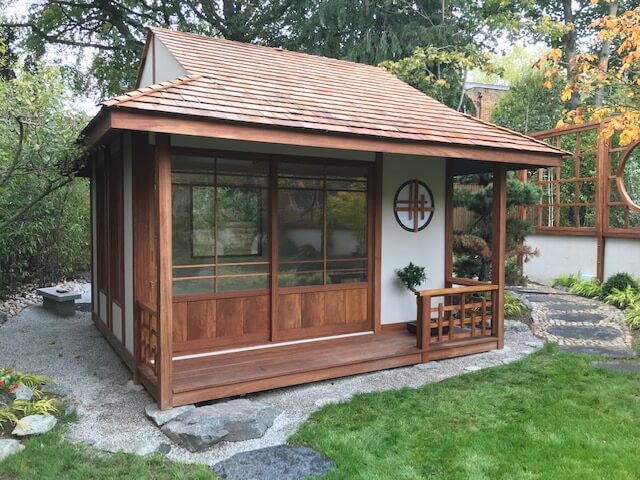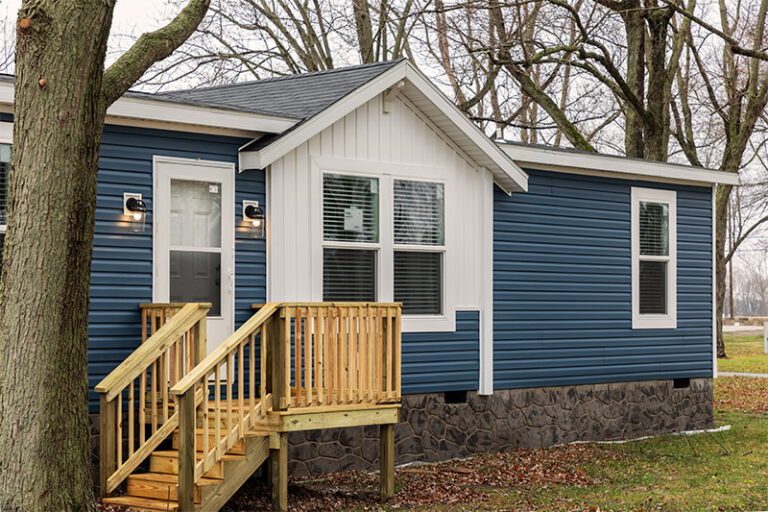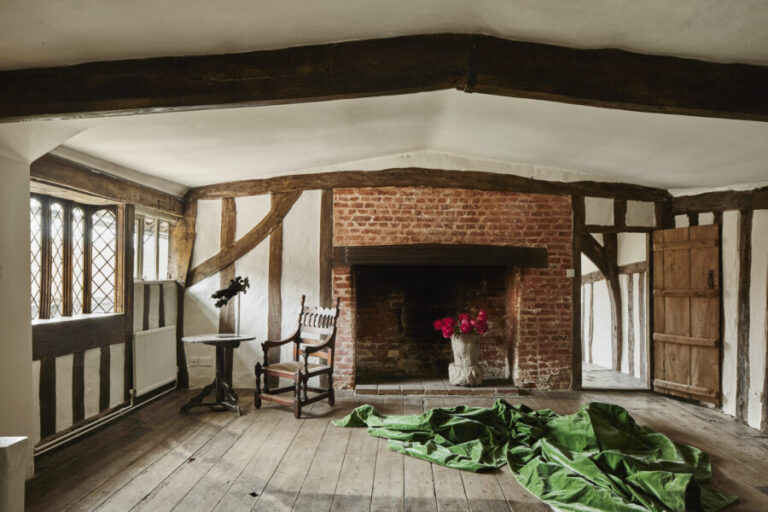Japanese tea house kit
A Japanese tea house kit is a set of materials that allows you to build and create your own traditional Japanese tea house, known as a chashitsu. These kits typically include all the materials needed to construct a small tea house, including wooden framing, shoji screens, tatami mats, and other traditional Japanese architectural elements.
Building a Japanese tea house with a kit is a great way to bring the peaceful and calming atmosphere of a traditional tea house into your own home or backyard. It allows you to experience the beauty of Japanese architecture and culture, while also providing a serene space for relaxation, meditation, or entertaining guests.
Before purchasing a Japanese tea house kit, it’s important to consider the size of the kit, as well as the complexity of the construction process. Some kits are small and relatively easy to assemble, while others are larger and require more time and effort to build.
In addition to the kit itself, you may also want to consider purchasing traditional Japanese tea ceremony tools, such as a chawan (tea bowl), chasen (bamboo whisk), and chashaku (bamboo scoop). These tools are used to prepare and serve matcha, the traditional Japanese tea that is commonly served in a tea house.
Once your Japanese tea house is complete, you can begin to enjoy the many benefits of tea ceremony and the peaceful atmosphere of the tea house itself. You can invite guests over for a traditional tea ceremony, or simply use the space as a quiet retreat for meditation or relaxation.
Overall, building a Japanese tea house with a kit is a wonderful way to experience the beauty and tranquility of Japanese culture, while also adding a unique and peaceful space to your home or garden. Whether you’re an avid tea drinker or simply appreciate the beauty of traditional Japanese architecture, a Japanese tea house kit is a great investment that will provide years of enjoyment and serenity.
What are Japanese tea houses called?
In Japan Japanese tea house are known as chashitsu (茶室), which translates to “tea room” or “tea hut”. Chashitsu are typically small, simple structures that are desiged to create a peaceful and intimate atmosphere for the tea ceremony, a traditional Japanese practice of preparing and serving matcha (powdered green tea).
Chashitsu are typically constructed using natural materials such as wood, bamboo, and paper, and are often located in gardens or other serene settings. The design of a chashitsu is meant to create a harmonious relationship between the natural environment and the built space, with elements such as a tokonoma (alcove), shoji screens, and tatami mats.
The tea ceremony, or chanoyu (茶の湯), is a deeply ingrained part of Japanese culture, and the chashitsu plays an important role in this practice. During a tea ceremony, guests gather in the chashitsu to enjoy a bowl of matcha that has been carefully prepared by the host. The atmosphere of the chashitsu is meant to create a sense of tranquility and harmony, and guests are encouraged to relax and appreciate the beauty of their surroundings.
Chashitsu come in many different styles and sizes, ranging from small and rustic to more elaborate and formal. Some chashitsu are located in temples or other historic buildings, while others are standalone structures designed specifically for the tea ceremony.
Overall, the chashitsu is an important symbol of Japanese culture and tradition, representing a deep appreciation for simplicity, harmony, and beauty. Whether you are a tea enthusiast or simply appreciate the aesthetic of traditional Japanese architecture, visiting a chashitsu is a wonderful way to experience the unique beauty and tranquility of Japanese culture.
What are Japanese tea houses made of?
Japanese tea houses, or chashitsu, are traditionally made of natural materials such as wood, bamboo, paper, and clay. The use of natural materials is intended to create a connection between the tea house and the natural environment, and to evoke a sense of simplicity and tranquility.
The walls of a chashitsu are typically made of wooden frames covered with paper, known as shoji, which allows light to filter through and creates a soft, diffuse lighting effect. The floors are covered with tatami mats, which are made of woven rush grass and provide a comfortable seating area for guests. The ceilings are often made of wooden slats, known as koshi, which help to regulate the temperature and humidity inside the tea house.
Bamboo is also a common material used in the construction of chashitsu. It is often used to create the roof, walls, and even some of the furniture. The use of bamboo reflects the importance of nature and simplicity in Japanese culture, as well as the practical considerations of durability and flexibility.
Clay is another material that is often used in the construction of chashitsu. It is used to make the floor and the hearth, known as a ro. The ro is an important element of the tea ceremony, as it is where the tea is prepared over a charcoal fire.
The design of a chashitsu is meant to create a harmonious relationship between the natural environment and the built space. Elements such as a tokonoma, or alcove, are used to display art or flowers, while shoji screens can be opened to reveal views of the garden or surrounding landscape.
Overall, the materials used in the construction of a chashitsu reflect the importance of simplicity, harmony, and natural beauty in Japanese culture. The use of natural materials creates a sense of connection with the environment and provides a peaceful and serene space for the tea ceremony.
What is the material used for Japanese house?
Traditional Japanese houses, known as minka, are typically made of natural materials such as wood, bamboo, paper, and clay. The use of these materials reflects the importance of nature, simplicity, and sustainability in Japanese culture.
Wood is the primary material used in the construction of Japanese houses, and it is often left unfinished to highlight its natural beauty. Cedar, cypress, and pine are commonly used due to their durability, resistance to pests, and suitability for Japanese climate conditions.
Bamboo is another important material in Japanese house construction, used for everything from structural support to interior finishes. It is lightweight, strong, and flexible, making it ideal for use in earthquake-prone areas.
Paper is used as a covering material for windows and walls in traditional Japanese houses. Shoji screens, made of paper-covered wooden frames, are used as sliding doors and windows to allow natural light to filter through while maintaining privacy. Washi paper, made from the fibers of the mulberry tree, is also used for interior sliding doors and partitions.
Clay is used for various purposes in traditional Japanese houses, such as for the hearth, or irori, where food is cooked over an open flame. Tatami mats, which cover the floors of Japanese houses, are made from woven rush grass and feature a clay core for added durability.
In addition to these materials, traditional Japanese houses also incorporate other elements such as sliding doors and windows, low-slung roofs, and minimalist design principles that emphasize simplicity and harmony with nature.
Overall, the materials used in traditional Japanese houses reflect a deep appreciation for natural beauty and sustainability, as well as a practical understanding of the unique climate conditions and seismic activity in Japan.



